EDITORIAL NOTE: Last week a distinguished group of thought leaders sent the following open-letter to Assistant Attorney General Makan Delrahim to support his review of licensing policies. The letter appears below, and is republished here with permission.
________________
February 13, 2018
Assistant Attorney General Makan Delrahim
Department of Justice Antitrust Division
950 Pennsylvania Ave. NW
Washington, DC 20530-0001
Dear Assistant Attorney General Delrahim,
As judges, former judges and government officials, legal academics and economists who are experts in antitrust and intellectual property law, we write to express our support for your recent announcement that the Antitrust Division of the Department of Justice will adopt an evidence-based approach in applying antitrust law equally to both innovators who develop and implementers who use technological standards in the innovation industries.
We disagree with the letter recently submitted to you on January 24, 2018 by other parties who expressed their misgivings with your announcement of your plan to return to this sound antitrust policy. Unfortunately, their January 24 letter perpetuates the long-standing misunderstanding held by some academics, policy activists, and companies, who baldly assert that one-sided “patent holdup” is a real-world problem in the high-tech industries. This claim rests entirely on questionable models that predict that opportunistic behavior in patent licensing transactions will result in higher consumer prices. These predictions are inconsistent with actual market data in any high-tech industry.
It bears emphasizing that no empirical study has demonstrated that a patent-owner’s request for injunctive relief after a finding of a defendant’s infringement of its property rights has ever resulted either in consumer harm or in slowing down the pace of technological innovation. Given the well understood role that innovation plays in facilitating economic growth and wellbeing, a heavy burden of proof rests on those who insist on the centrality of “patent holdup” to offer some tangible support for that view, which they have ultimately failed to supply in the decade or more since that theory was first propounded. Given the contrary conclusions in economic studies of the past decade, there is no sound empirical basis for claims of a systematic problem of opportunistic “patent holdup” by owners of patents on technological standards.
Several empirical studies demonstrate that the observed pattern in high-tech industries, especially in the smartphone industry, is one of constant lower quality-adjusted prices, increased entry and competition, and higher performance standards. These robust findings all contradict the testable implications of “patent holdup” theory. The best explanation for this disconnect between the flawed “patent holdup” theory and overwhelming weight of the evidence lies in the institutional features that surround industry licensing practices. These practices include bilateral licensing negotiations, and the reputation effects in long-term standards activities. Both support a feed-back mechanism that creates a system of natural checks and balances in the setting of royalty rates. The simplistic models of “patent holdup” ignore all these moderating effects.
Of even greater concern are the likely negative social welfare consequences of prior antitrust policies implemented based upon nothing more than the purely theoretical concern about opportunistic “patent holdup” behavior by owners of patented innovations incorporated 2 into technological standards. For example, those policies have resulted in demands to set royalty rates for technologies incorporated into standards in the smartphone industry according to particular components in a smartphone. This was a change to the longstanding industry practice of licensing at the end-user device level, which recognized that fundamental technologies incorporated into the cellular standards like 2G, 3G, etc., optimize the entire wireless system and network, and not just the specific chip or component of a chip inside a device.
In support, we attach an Appendix of articles identifying the numerous substantive and methodological flaws in the “patent holdup” models. We also point to rigorous empirical studies that all directly contradict the predictions of the “patent holdup” theory.
For these reasons, we welcome your announcement of a much-needed return to evidence based policy making by antitrust authorities concerning the licensing and enforcement of patented innovations that have been committed to a technological standard. This sound program ensures balanced protection of all innovators, implementers, and consumers. We are confident that consistent application of this program will lead to a vibrant, dynamic smartphone market that depends on a complex web of standard essential patents which will continue to benefit everyone throughout the world.
Sincerely,
Jonathan Barnett
Professor of Law
USC Gould School of Law
Ronald A. Cass
Dean Emeritus,
Boston University School of Law
Former Vice-Chairman and Commissioner,
United States International Trade Commission
Richard A. Epstein
Laurence A. Tisch Professor of Law,
New York University School of Law
James Parker Hall Distinguished Service Professor of Law Emeritus,
University of Chicago Law School
The Honorable Douglas H. Ginsburg
Senior Circuit Judge,
United States Court of Appeals for the District of Columbia Circuit, and
Professor of Law,
Antonin Scalia Law School
George Mason University
Justin (Gus) Hurwitz
Assistant Professor of Law
University of Nebraska College of Law
David J. Kappos
Former Under Secretary of Commerce and Director
United States Patent & Trademark Office
The Honorable Paul Michel
Chief Judge (Ret.),
United States Court of Appeals for the Federal Circuit
Adam Mossoff
Professor of Law
Antonin Scalia Law School
George Mason University
Kristen Osenga
Professor of Law
University of Richmond School of Law
David J. Teece
Thomas W. Tusher Professor in Global Business
Haas School of Business
University of California at Berkeley
Joshua D. Wright
University Professor,
Antonin Scalia Law School
George Mason University
Former Commissioner,
Federal Trade Commission
APPENDIX
Richard A. Epstein & Kayvan Noroozi, Why Incentives for Patent Hold Out Threaten to Dismantle FRAND and Why It Matters, BERKELEY TECH. L. REV. (forthcoming), https://ssrn.com/abstract=2913105
Anne Layne-Farrar, Why Patent Holdout is Not Just a Fancy Name for Plain Old Patent Infringement, CPI NORTH AMERICAN COLUMN (Feb. 2016), https://www.competitionpolicyinternational.com/wp-content/uploads/2016/02/North-AmericaColumn-February-Full.pdf
Anne Layne-Farrar, Patent Holdup and Royalty Stacking Theory and Evidence: Where Do We Stand After 15 Years of History?, OECD INTELLECTUAL PROPERTY AND STANDARD SETTING (Nov. 18, 2014), http://www.oecd.org/officialdocuments/publicdisplaydocumentpdf/?cote=DAF/COMP/WD%28 2014%2984&doclanguage=en
Alexander Galetovic & Stephen Haber, The Fallacies of Patent Holdup Theory, 13 J. COMP. L. & ECON., 1 (2017), https://academic.oup.com/jcle/article/13/1/1/3060409
Alexander Galetovic, Stephen Haber, & Lew Zaretzki, An Estimate of the Average Cumulative Royalty Yield in the World Mobile Phone Industry: Theory, Measurement and Results (Feb. 7, 2018), https://hooverip2.org/working-paper/wp18005
Alexander Galetovic, Stephen Haber, & Ross Levine, An Empirical Examination of Patent HoldUp (Nat’l Bureau of Econ. Research, Working Paper No. 21090, 2015), http://www.nber.org/papers/w21090.pdf
Douglas H. Ginsburg, Koren W. Wong-Ervin, & Joshua Wright, The Troubling Use of Antitrust to Regulate FRAND Licensing, CPI ANTITRUST CHRONICLE (Oct. 2015),
https://www.competitionpolicyinternational.com/assets/Uploads/GinsburgetalOct-151.pdf
Douglas H. Ginsburg, Taylor M. Ownings, & Joshua D. Wright, Enjoining Injunctions: The Case Against Antitrust Liability for Standard Essential Patent Holders Who Seek Injunctions, THE ANTITRUST SOURCE (Oct. 2014), https://ssrn.com/abstract=2515949
Gerard Llobet & Jorge Padilla, The Optimal Scope of the Royalty Base in Patent Licensing, 59 J. L. & ECON. 45 (2016), https://ssrn.com/abstract=2417216
Keith Mallinson, Theories of Harm with SEP Licensing Do Not Stack Up, IP FIN. BLOG (May 24, 2013), http://www.ip.finance/2013/05/theories-of-harm-with-sep-licensing-do.html
Jorge Padilla & Koren W. Wong-Ervin, Portfolio Licensing to Makers of Downstream End-User Devices: Analyzing Refusals to License FRAND-Assured Standard-Essential Patents at the Component Level, 62 THE ANTITRUST BULLETIN 494 (2017), https://doi.org/10.1177/0003603X17719762
Jonathan D. Putnam & Tim A. Williams, The Smallest Salable Patent-Practicing Unit (SSPPU): Theory and Evidence (Sept. 2016), https://ssrn.com/abstract=2835617
Gregory Sidak, The Antitrust Division’s Devaluation of Standard-Essential Patents, 104 GEO. L.J. ONLINE 48 (2015), https://georgetownlawjournal.org/articles/161/antitrust-division-sdevaluation-of/pdf
Joanna Tsai & Joshua D. Wright, Standard Setting, Intellectual Property Rights, and the Role of Antitrust in Regulating Incomplete Contracts, 80 ANTITRUST L.J. 157 (2015), https://ssrn.com/abstract=2467939
Joshua D. Wright, SSOs, FRAND, and Antitrust: Lessons from the Economics of Incomplete Contracts, 21 GEO. MASON L. REV. 791 (2014), http://www.georgemasonlawreview.org/wp-content/uploads/2014/06/Wright-WebsiteVersion.pdf

![[IPWatchdog Logo]](https://ipwatchdog.com/wp-content/themes/IPWatchdog%20-%202023/assets/images/temp/logo-small@2x.png)
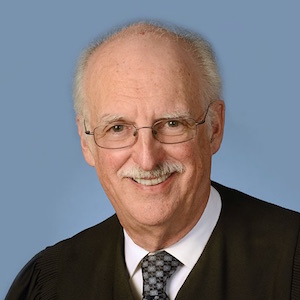
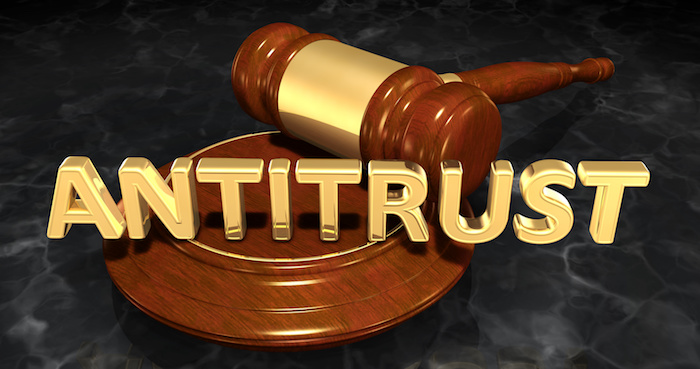


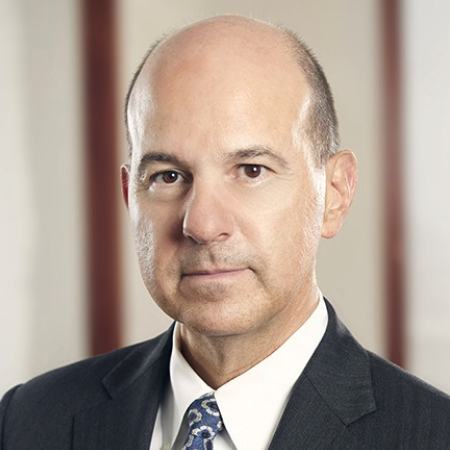

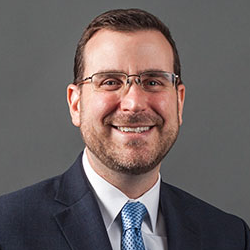
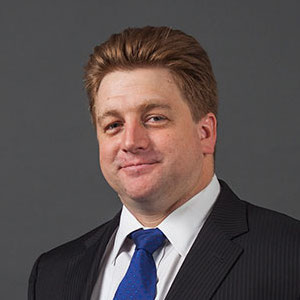


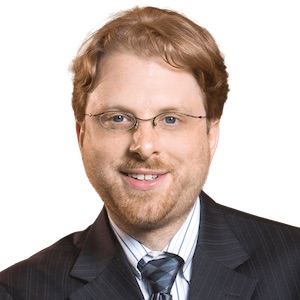
![[Advertisement]](https://ipwatchdog.com/wp-content/uploads/2024/04/Artificial-Intelligence-2024-REPLAY-sidebar-700x500-corrected.jpg)
![[Advertisement]](https://ipwatchdog.com/wp-content/uploads/2024/04/Patent-Litigation-Masters-2024-sidebar-700x500-1.jpg)

![[Advertisement]](https://ipwatchdog.com/wp-content/uploads/2021/12/WEBINAR-336-x-280-px.png)
![[Advertisement]](https://ipwatchdog.com/wp-content/uploads/2021/12/2021-Patent-Practice-on-Demand-recorded-Feb-2021-336-x-280.jpg)
![[Advertisement]](https://ipwatchdog.com/wp-content/uploads/2021/12/Ad-4-The-Invent-Patent-System™.png)






Join the Discussion
No comments yet.